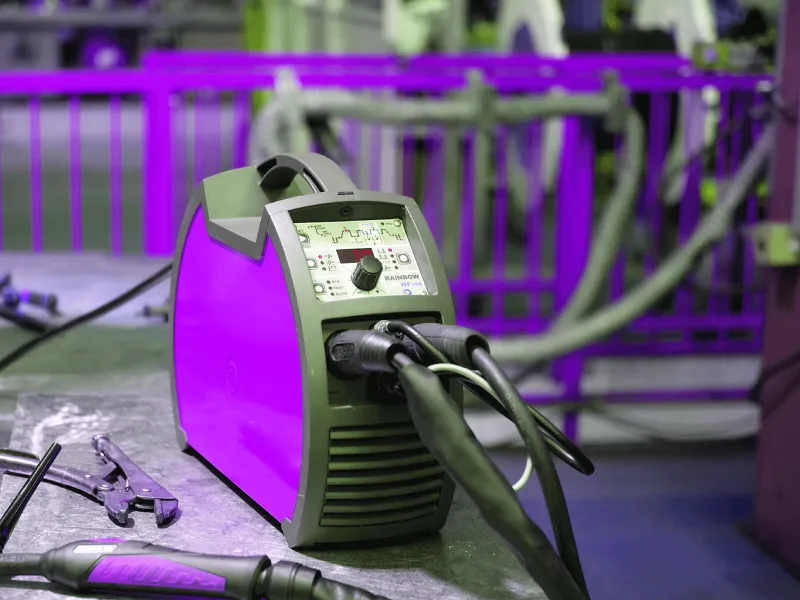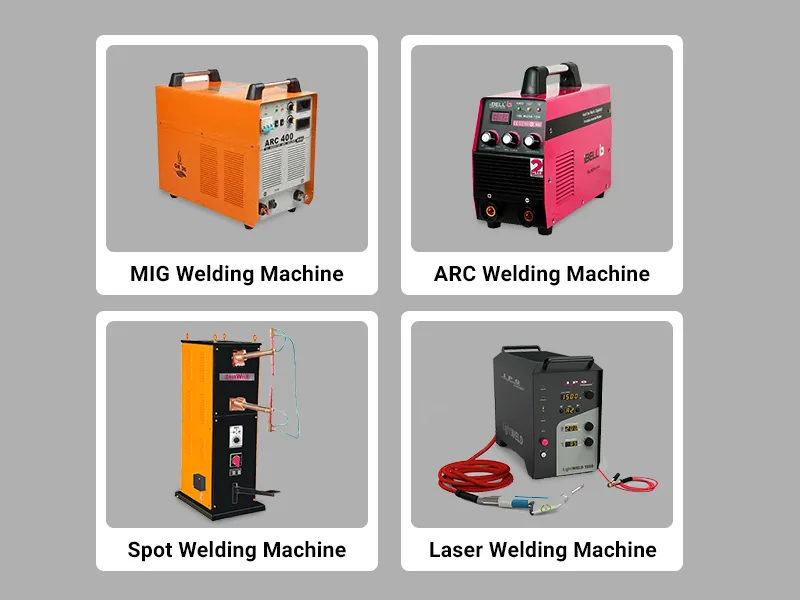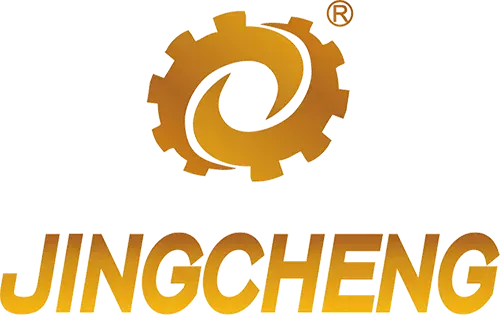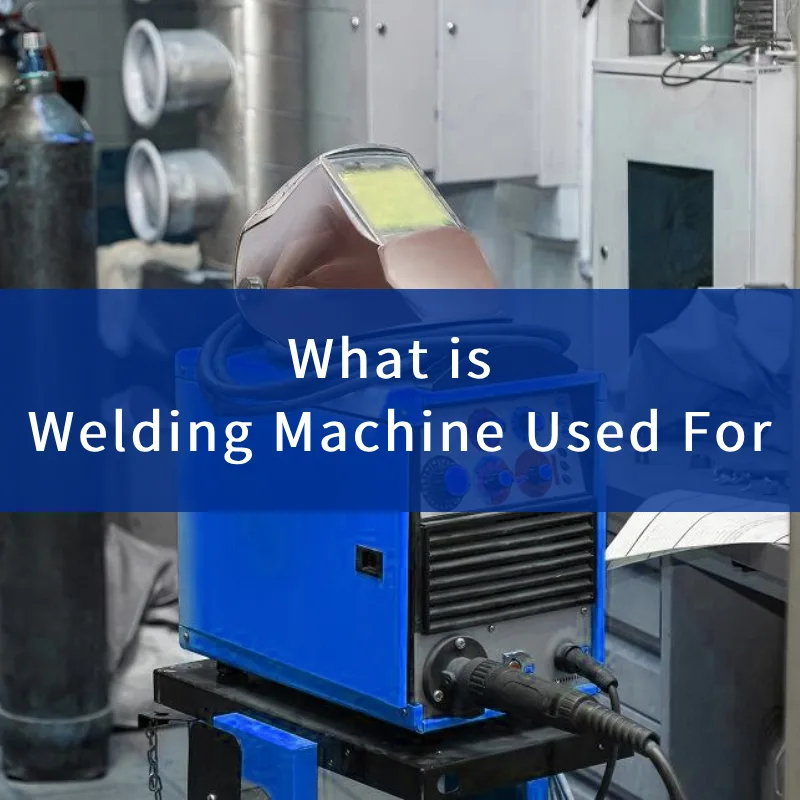Welding machines are essential tools in various industries, allowing professionals to fuse metals together for a range of applications. What is Welding Machine Used For,Whether it’s constructing large buildings, repairing automotive parts, or producing intricate designs, welding machines are integral to modern industry.
But what exactly is a welding machine used for? In this article, we’ll explore the different types of welding machines, their applications, benefits, and how to choose the right one for your needs.

Welding Machines
Welding machines are specialized devices that use heat, pressure, or a combination of both to join two or more metal parts together. The heat causes the metal to melt and fuse, creating a strong bond. Welding is a crucial process in various industries, from construction to automotive, and the welding machine is the heart of this process.
The History of Welding Technology
Welding as a technique has been around for thousands of years, with evidence of early welding found in ancient civilizations. Over the centuries, it evolved from primitive methods using hammering and heating metal pieces together to advanced technologies like MIG, TIG, and laser welding. Today, welding machines have become highly specialized and are used for a wide range of tasks.
Types of Welding Machines

There are several different types of welding machines, each designed for specific purposes and materials. Some machines are more suited for industrial use, while others are ideal for smaller projects or DIY tasks. The most common types include:
- Stick welding machines (SMAW)
- MIG welding machines (GMAW)
- TIG welding machines (GTAW)
- Flux-cored arc welding (FCAW) machines
- Plasma arc welding (PAW) machines
- Submerged arc welding (SAW) machines
In the next sections, we’ll dive deeper into each of these welding machine types and their uses.
What is Welding?
Definition and Basic Principles of Welding
Welding is a process where two or more metal parts are joined together by melting their edges and fusing them into a solid bond. This is typically achieved through the application of heat, but welding can also involve the use of electrical currents or pressure. The goal of welding is to create a strong, durable joint that can withstand stress, pressure, and temperature changes.
How Welding Works: The Science Behind It
Welding works on the principle of heat-induced fusion. The welding machine generates intense heat that melts the metal at the joining points. As the molten metal cools, it solidifies, forming a strong bond between the two parts. Depending on the type of welding, different techniques and gases may be used to protect the weld from contamination, enhance its strength, or control the process.
Types of Welding Machines and Their Uses
Welding machines come in various forms, each with distinct characteristics, advantages, and uses. Here are the most common types of welding machines:
Stick Welding Machines (SMAW)
Stick welding, also known as Shielded Metal Arc Welding (SMAW), is one of the oldest and most versatile forms of welding. It is commonly used for outdoor and heavy-duty applications. The machine uses a consumable electrode coated in flux, which creates a shield of gas to protect the weld from contamination. Stick welding is often used in construction, shipbuilding, and pipe welding.
MIG Welding Machines (GMAW)
MIG (Metal Inert Gas) welding, or Gas Metal Arc Welding (GMAW), is one of the most popular types of welding. MIG welding machines use a continuous wire feed and an inert gas (usually argon or CO2) to shield the weld. It is known for its speed, ease of use, and suitability for a wide variety of metals, including stainless steel, aluminum, and mild steel. MIG welding is commonly used in automotive manufacturing, structural steelwork, and metal fabrication.
TIG Welding Machines (GTAW)
TIG (Tungsten Inert Gas) welding, or Gas Tungsten Arc Welding (GTAW), is a highly precise and clean welding method. It uses a non-consumable tungsten electrode to create the weld, and the welder manually feeds filler material into the joint. TIG welding is often used for thin materials, stainless steel, and high-precision applications such as aerospace and medical devices.
Flux-Cored Arc Welding (FCAW) Machines
Flux-Cored Arc Welding (FCAW) is similar to MIG welding but uses a flux-cored wire instead of a solid wire. The flux inside the wire generates a shielding gas that protects the weld. FCAW is known for its high deposition rate and ability to weld thicker materials, making it ideal for heavy-duty industrial applications like construction and shipbuilding.
Plasma Arc Welding (PAW) Machines
Plasma Arc Welding (PAW) machines use a high-temperature plasma jet to melt and fuse metal. This method provides excellent precision and is capable of cutting through thick metals. PAW is often used in the aerospace, automotive, and industrial manufacturing sectors for tasks that require high precision.
Submerged Arc Welding (SAW) Machines
Submerged Arc Welding (SAW) machines are used for welding thick materials, typically in large-scale industrial applications. The welding arc is submerged under a layer of flux, which helps protect the weld from contaminants. This technique is widely used in shipbuilding, steel fabrication, and the construction of large tanks and pipelines.
What is Welding Machine Used For
Welding machines play a vital role in many industries. Here are a few examples of how they’re used:
Welding in Construction and Building Projects
Welding machines are essential in the construction industry, where they are used to join steel beams, reinforce concrete structures, and fabricate metal components. The strength and durability of welded joints make them ideal for large buildings, bridges, and skyscrapers.
Welding in Automotive Manufacturing
In automotive manufacturing, welding machines are used to join metal parts, such as body panels, frames, and engine components. MIG and TIG welding are especially popular in this industry due to their speed, precision, and ability to work with various materials.
Welding in Aerospace Industry
The aerospace industry relies heavily on welding for the construction of aircraft, spacecraft, and related components. Welding machines must meet strict standards of precision and strength, making TIG welding a preferred choice in this field.
Welding in Shipbuilding
Shipbuilding is another industry where welding machines are crucial. From constructing hulls to assembling decks and superstructures, welding ensures that the parts are securely joined, withstanding harsh marine environments.
Welding for Repair and Maintenance
Welding machines are also used extensively in repair and maintenance tasks. Whether it’s fixing damaged machinery, pipes, or vehicles, welding is an efficient and cost-effective solution for restoring strength and functionality.
Key Benefits of Using a Welding Machine
Welding machines offer a wide range of benefits, making them invaluable in various industries.
High Strength and Durability of Welded Joints
Welded joints are typically stronger than the base material itself, providing lasting strength and durability. This is particularly important in industries like construction and aerospace, where structural integrity is paramount.
Cost-Efficiency of Welding
Welding is often more cost-effective than other methods of joining materials, such as riveting or bolting. It reduces the need for additional parts and materials, resulting in lower production costs.
Flexibility and Versatility of Welding Techniques
With the variety of welding machines available, it’s possible to weld a wide range of materials, including metals, alloys, and plastics. The flexibility of welding makes it suitable for diverse applications, from delicate, precision work to heavy-duty industrial tasks.
Factors to Consider When Choosing a Welding Machine
Choosing the right welding machine is essential for achieving high-quality results. Here are some key factors to consider:
Power Requirements and Electrical Considerations
Welding machines come in different power configurations. It’s essential to choose a machine that matches the power source available in your workshop or job site. Some machines require three-phase electrical systems, while others can work on single-phase power.
Welding Materials and Compatibility
Different welding machines are designed to work with specific materials, such as steel, aluminum, or stainless steel. Be sure to choose a machine that is compatible with the materials you’ll be working with.
Machine Portability and Size
Consider the portability of the welding machine, especially if you’ll need to move it between job sites. Lightweight, compact machines are ideal for mobile work, while heavier models are better suited for stationary tasks.
Budget and Cost-Effectiveness
Welding machines come in a wide range of prices, so it’s important to find one that fits your budget. While more expensive models may offer advanced features, it’s essential to ensure that the machine meets your needs without exceeding your budget.
How to Operate a Welding Machine Safely
Welding can be hazardous if not done correctly, so safety is paramount.
Protective Gear and Safety Precautions
Welders must wear protective gear, including a welding helmet, gloves, and protective clothing, to shield themselves from heat, sparks, and harmful radiation. It’s also essential to work in a well-ventilated area to avoid inhaling fumes.
Common Welding Hazards and How to Avoid Them
Welding poses several hazards, including burns, eye damage, and exposure to toxic fumes. By following safety guidelines, using the correct equipment, and working in a safe environment, these risks can be minimized.
Maintenance of Welding Machines
Proper maintenance ensures that welding machines operate efficiently and have a long lifespan.
Regular Maintenance Tips for Longevity
Welding machines should be cleaned regularly, with attention to the power cables, electrode holders, and cooling systems. Routine inspections and maintenance will help avoid breakdowns and costly repairs.
Troubleshooting Common Welding Machine Problems
Common issues with welding machines include power failure, overheating, and inconsistent arc quality. Knowing how to troubleshoot and address these problems can save time and money.
FAQs
What is the most common type of welding machine?
MIG welding machines are among the most common due to their versatility and ease of use. They are ideal for a wide range of applications, from automotive manufacturing to metal fabrication.
How do I choose the right welding machine for my project?
Consider factors such as the type of material, the thickness of the material, the power supply, and your skill level. MIG and Stick welders are suitable for beginners, while TIG welders are ideal for high-precision tasks.
What materials can I weld with a welding machine?
Welding machines can handle a variety of metals, including steel, aluminum, stainless steel, and copper. Some machines are even capable of welding plastics.
How do welding machines contribute to safety in construction?
Welding machines help create strong, durable joints, reducing the risk of structural failure. Properly welded joints also ensure the stability and integrity of buildings and other structures.
How do I maintain my welding machine?
Regular cleaning, checking for wear and tear, and performing scheduled maintenance can help extend the life of your welding machine and ensure consistent performance.
Can I use a welding machine for DIY projects?
Yes, welding machines can be used for DIY projects, such as creating metal sculptures, repairing furniture, or even building small structures. However, proper training and safety measures are essential.
Conclusion
Welding machines are indispensable tools in modern industry, enabling the creation of strong, durable, and high-quality metal joints. Their versatility and precision make them suitable for a wide range of applications, from construction and automotive manufacturing to aerospace and shipbuilding.
Whether you’re a professional welder or a hobbyist, understanding what a welding machine is used for is essential to choosing the right equipment and ensuring safety and efficiency in your work.

